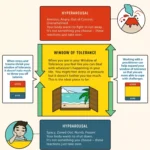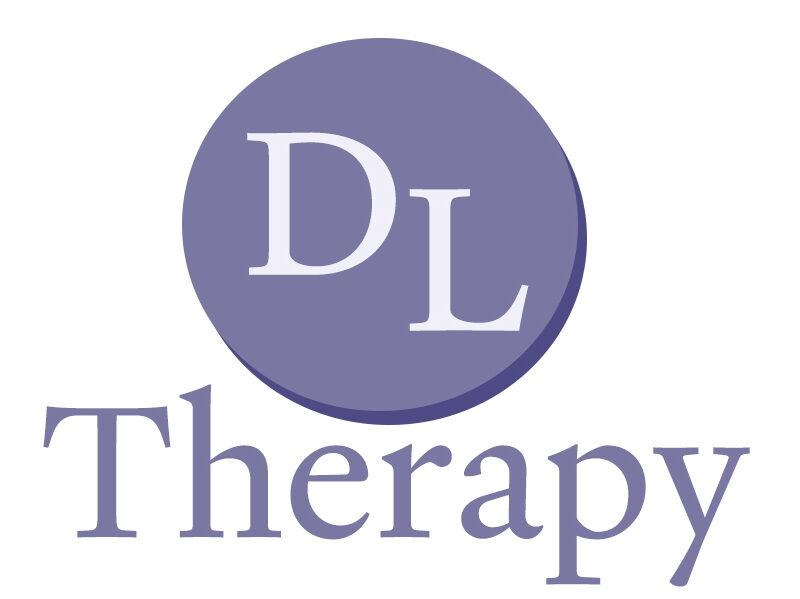Now Accepting New Telehealth Only Clients for Oregon Residents.
S.A.F.E. E M D R
Somatic and Attachment-Focused EMDR
Eye
Movement
Desensitization and
Reprocessing
EMDR therapy is founded on the basis that trauma interferes with our brain’s processing.
What is Somatic Attachment Focused (S.A.F.E.) EMDR therapy?
Eye Movement Desensitization and Reprocessing (EMDR) therapy is an extensively researched, effective psychotherapy method proven to help people recover from trauma and other distressing life experiences, including PTSD, anxiety, depression, and panic disorders.
S.A.F.E. EMDR is an Adaptive Information Processing (AIP) Model
This approach encompasses awareness of the ways that the autonomic nervous system becomes sensitized to fear responses as well as the ways that attachment patterns surface in all phases of the treatment process.
EMDR therapy is founded on the basis that trauma interferes with our brain’s processing. The theoretical basis for EMDR is called Adaptive Information Processing. Adaptive Information Processing, or AIP, posits that during trauma our brain processes and stores memories incorrectly. This incorrect storage can lead to past memories feeling very present. Related or unrelated stimuli in the present can lead to clients reacting as they did at the time of trauma. The brain experiences the current, related event as if it were a past disturbing event. This attachment approach takes into consideration early attachment patterns and experiences, as well as the built-in trauma responses that themselves become patterns. In most therapies, these patterns and trauma responses are considered blocks to the therapeutic process. This recasting of a block into what we call “The Answer” creates a space for the client to approach distressing memories with less resistance, as the therapist is working within their Window of Tolerance. Window of Tolerance (WOT) was first described by psychiatrist Dr. Dan Siegel in 1999. It’s used to describe levels of arousal, both psychological and physiological (and no, not sexual). The window represents the middle zone between hypo-arousal and hyper-arousal, a zone in which we’re able to emotionally self-regulate and tolerate emotions, as well as be present and engaged. Click on the image below to learn more about the Window of Tolerance

EMDR From a Somatic Focus.
We believe the body and mind are deeply interconnected. That’s why trauma has symptoms, rather than memories. We teach a series of somatic resources, or body-based exercises, meant to manage the client’s affect and connection. 3 Prongs of EMDR: Treatment Past events – How are they manifesting in the present moment?
Present triggers – What is happening now that is activating the memories of the past? Future Template – How would you like to feel, react or behave instead of the current present trigger?
AIP Model
The Adaptive Information Processing (AIP) Model is based on the idea that much of psychopathology is a result of maladaptive encoding of, and/or incomplete processing of, traumatic or disturbing events or adverse life experiences. This prevents the adaptive integration of the material. The unprocessed experiences become stored in the emotional part of the brain without a time and date stamp. When something happens in the present to activate the stored experiences, they feel as if it is happening now, creating what appears to be an “over-reaction”
to the present. Memories with similar components are linked in a network. Similar sensory experiences, thoughts, emotions, body sensations, and beliefs about self are linked to each other. Adaptive memory networks store positive beliefs, learning, and resources. The memory networks that are stored in a traumatic way are the source of the pathology. This includes the response at the time. When similar experiences occur (internally or externally), they link into the unprocessed memory networks and the negative perspective, affect, and/or sensations arise. It feels like it is happening now. The EMDR Protocol along with dual attention stimuli, eye movements, or other methods, helps to process the information and bring a balance back to the system. Useful learning is kept and the maladaptive information is let go. Links are made into positive networks.
How is EMDR Therapy Different From Other Therapies?
EMDR therapy does not require talking in detail about the distressing issue or completing homework between sessions. EMDR therapy, rather than focusing on changing the emotions, thoughts, or behaviors resulting from the distressing issue, allows the brain to resume its natural healing process. EMDR therapy is designed to resolve unprocessed traumatic memories in the brain. For many clients, EMDR therapy can be completed in fewer sessions than other psychotherapies.
How Does EMDR Therapy Affect the Brain?
Our brains have a natural way to recover from traumatic memories and events. This process involves communication between the amygdala (the alarm signal for stressful events), the hippocampus (which assists with learning, including memories about safety and danger), and the prefrontal cortex (which analyzes and controls behavior and emotion). While many times traumatic experiences can be managed and resolved spontaneously, they may not be processed without help. Stress responses are part of our natural fight, flight, or freeze instincts. When distress from a disturbing event remains, the upsetting images, thoughts, and motions may create an overwhelming feeling of being back in that moment, or of being “frozen in time.” EMDR therapy helps the brain process these memories and allows normal healing to resume. The experience is still remembered, but the fight, flight, or freeze response from the original event is resolved.
Who Can Benefit From EMDR Therapy?
EMDR therapy helps children and adults of all ages. Therapists use EMDR therapy to address a wide range of challenges.
EMDR can Treat:
Post-Traumatic Stress Disorder (PTSD)
trauma and stress-related issues
Depression
Anxiety
Social Anxiety
Panic Attacks
Phobias
Dissociative disorders
Eating disorders
Grief and loss
Sleep disturbance
and more.
